Packing Troubles Or How To Bring All Your Gear To A Holiday Trip
I haven't published anything here for two weeks ( not that you have noticed ;( ). The reason - holidays! One involving cameras and using them to capture moments of light. Other not involving cameras. Both of them involved picking cameras to take with me and squeezing them into as little space as possible.
Film photographers will often laugh at digital photographers about their gear obsession. "Haha you have to upgrade your camera every year to get the latest and greatest!" or "Haha you spent so much money on a single camera!". That may or may not be true but us film photographers have our own issues that we have to face. We don't have a single camera. We don't have two cameras. We don't have only 5 cameras. We have a bookshelf ( -s ) full of cameras in various formats and lenses in various mounts. And also film and development gear and some will also have a full darkroom. That is a lot of stuff. And if you're not a pure collector but also like to use the gear you have - you will have to choose what gear to use from time to time. It's all well and good to take one camera one day and another one the next. When going on a trip that luxury does not exist. You will be forced to pick a limited set of gear to take with you. Or just get a huge RV bus that can hold all your photographic gear. That is also a sensible approach.
With this holiday I was also forced to make a choice - buy a huge RV or select a limited set of cameras and lenses to take with me. For reasons not under my control I was forced to go with the second option and RV was out.
Why can't I take one camera and use that, you know - like a normal person? I guess I could. But I'm not a monster. There is no painful fun there. Sometimes things are good for digital. Sometimes things are good for film. Sometimes other things are good for medium format. Sometimes other-er things are great in black and white. Sometimes I want a super wide 15mm lens and sometimes I wan't a 90mm lens. That's a lot of "sometimes". Sometimes you have to sacrifice the quality of your holiday and bring heavy photography gear with you to handle all the "sometimes" that sometimes can be thrown your way.
I have a few photography bags in various forms and sizes but I forced myself to choose just one. What commitment from myself. If I used all the bags I likely would have fit everything I have in them. I wouldn't be able to carry them for more than 2 meters so the one bag limitation is wise. Naturally I chose the biggest bag I have. The trips I'm taking are with a car and I have a relatively spacious car that doesn't restrict my bag size. And I can carry the bag on my back. It might be heavy, but gosh darn it I can do it!

The bag itself with the contents it needs to fit inside. One lens isn't included and not all film is there. I also had some filters and chargers with me.
The magical bag that would fit all of this is Lowepro Flipside 400AW
Cameras
I'm a hybrid shooter and I don't discriminate against analog or digital. I would have to take both analog and digital cameras. Because I don't want to be incriminated for discrimination.
Digital
Digital cameras are great for carrying around. I don't tend to shoot a lot of snapshot type photos but you can definitely be more liberal with your camera use on digital.
Leica M9
This is my default camera. If I was forced to choose just one camera to take with me it would be the Leica M9. I could achieve 95% of my shooting needs with this camera. It might not be ideal for everything ( hence only 95% and not 100% ) but I know it very well and I'm always pleased with the results that M9 provides.
It was to be the camera I would use when walking around. For example when walking around a city where we haven't been before. Street-y / urban-y and "ooh I need to take a picture of this fast or it won't be like this anymore" type photos.
You can read more about my thoughts on M9 in the "Why I Bought Leica M9 In 2021" writing.
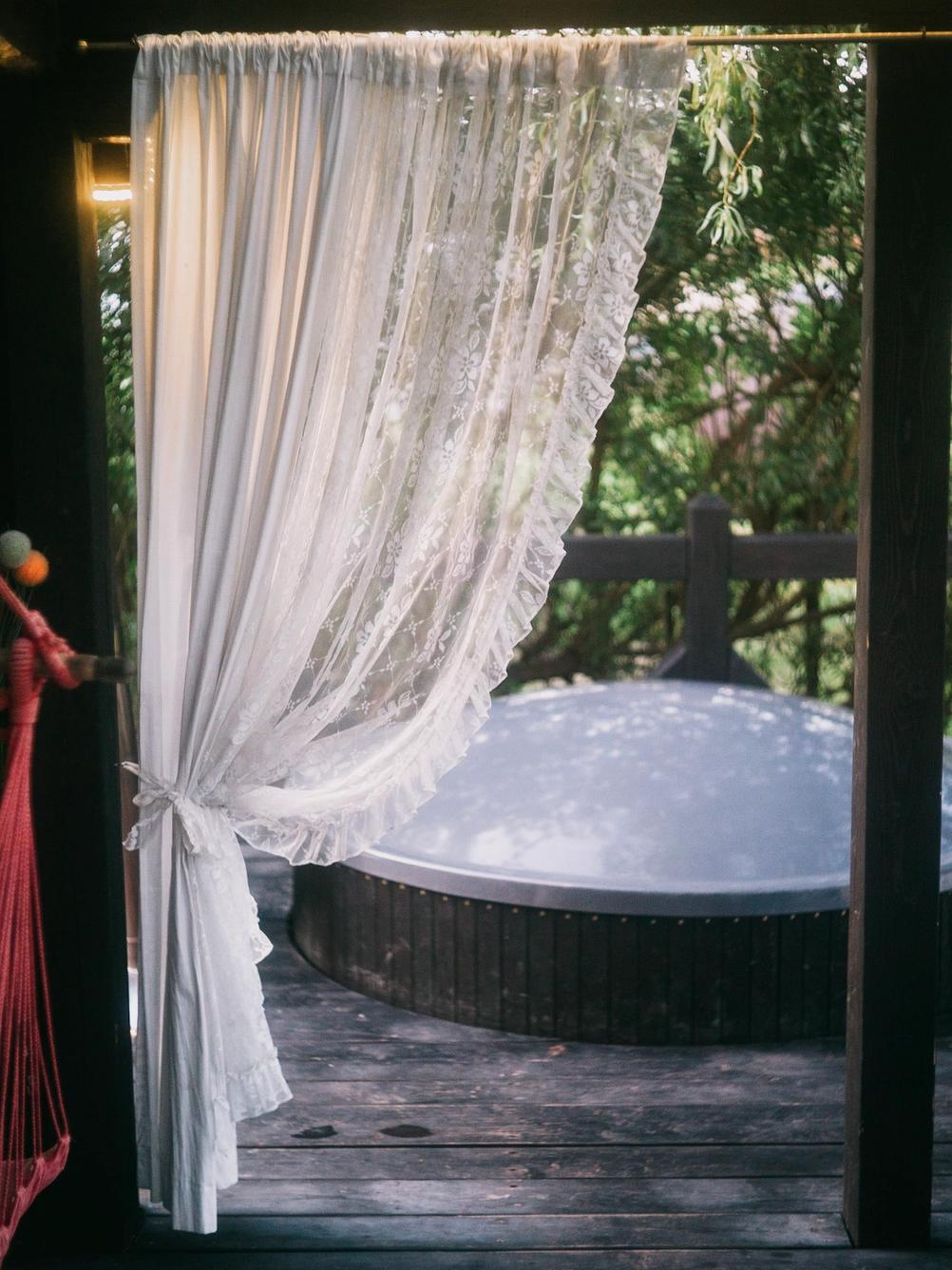
- Camera
- Leica M9
- Lens
- Canon LTM 50mm f1.8
The very first photo from the trip. Taken at the place where we were staying. And no - the hot tub was not used. Outside was hotter than the hot tub could ever be.

- Camera
- Leica M9
- Lens
- Voigtländer Super Wide Heliar 15mm f4.5
Digital allows you to easily create stupid looks for your photos. Like a fake Lomochrome look. I wasn't going for a Lomochrome look but I thought that green is too boring.

- Camera
- Leica M9
- Lens
- ZEISS Biogon T* ZM 35mm f2
For me the M9 is the best camera to use when just walking around and taking photos of things that I find interesting.

- Camera
- Leica M9
- Lens
- ZEISS Biogon T* ZM 35mm f2
Leica won't also let you down if you want to create some black and white pictures.
Sigma Merrill DP2
It's a light and quite small camera so it's easy to take with you. It also provides photos that are super detailed and are pure amazement. The lens on it is boring but when the plan is to have everything in focus then it's the camera to have. It's slow to use so using it is like medium format. With results equaling the quality of medium format.
It would be used as a kind of landscape and detail oriented photography camera. To be used in specific places like a certain attraction that we're visiting. Where you can plan the shots a bit more and don't have to rush.
I have written a "Sigma DP2 Merrill Review" if you want to read it.
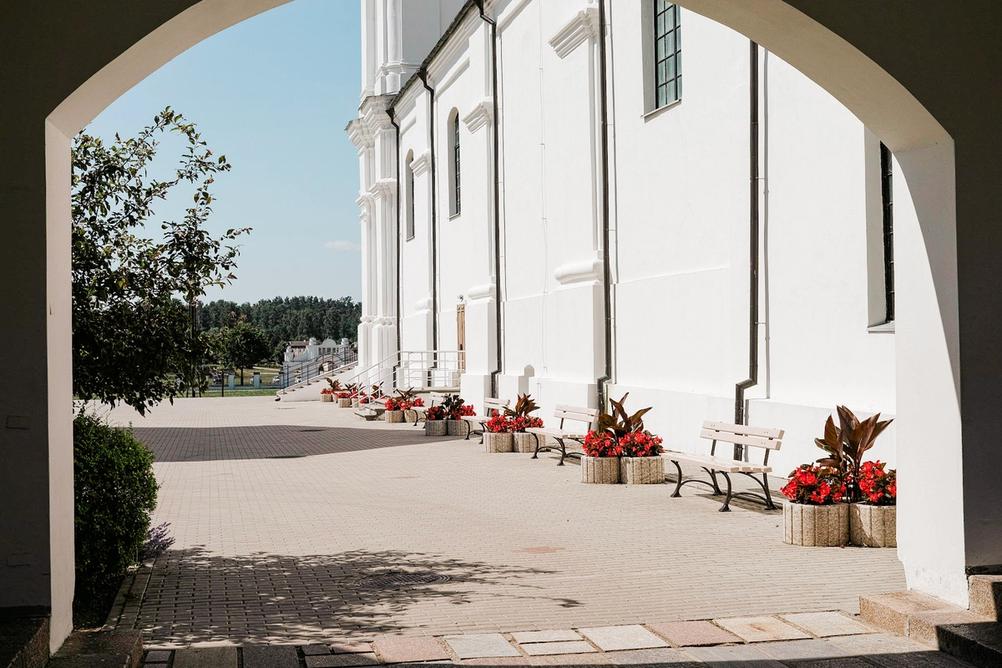
- Camera
- Sigma DP2 Merrill
- Lens
- Sigma Lens 30mm f2.8
Sigma with the amazing Foveon sensor gives you all the nicest detail and colors. If you have no need for bokeh then you have a need for Sigma!
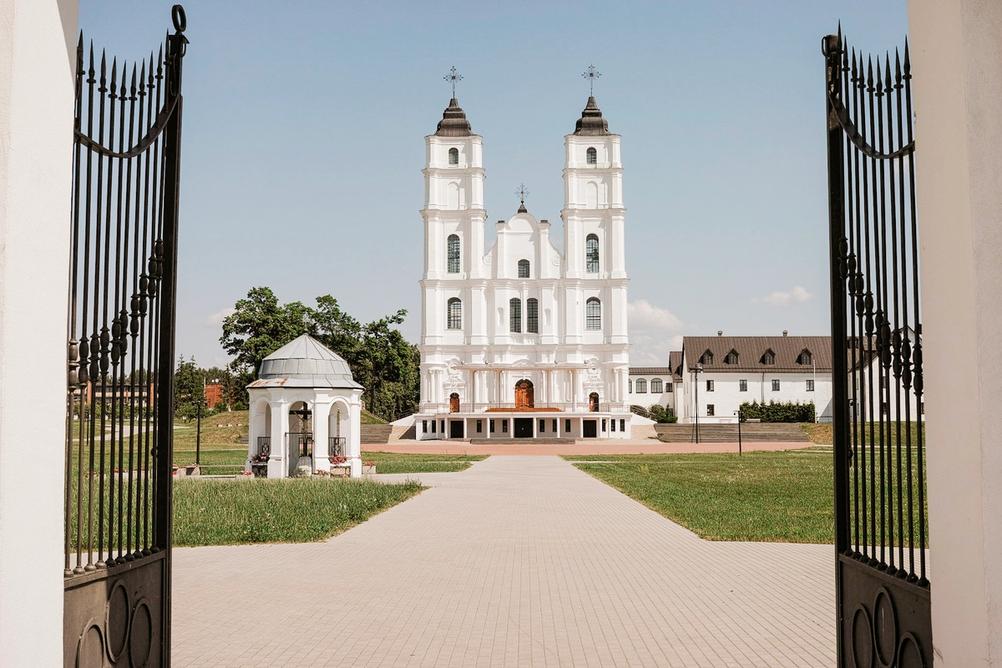
- Camera
- Sigma DP2 Merrill
- Lens
- Sigma Lens 30mm f2.8
When I'm focussing around a single location and don't want any background / foreground blur then Sigma is right by my side.
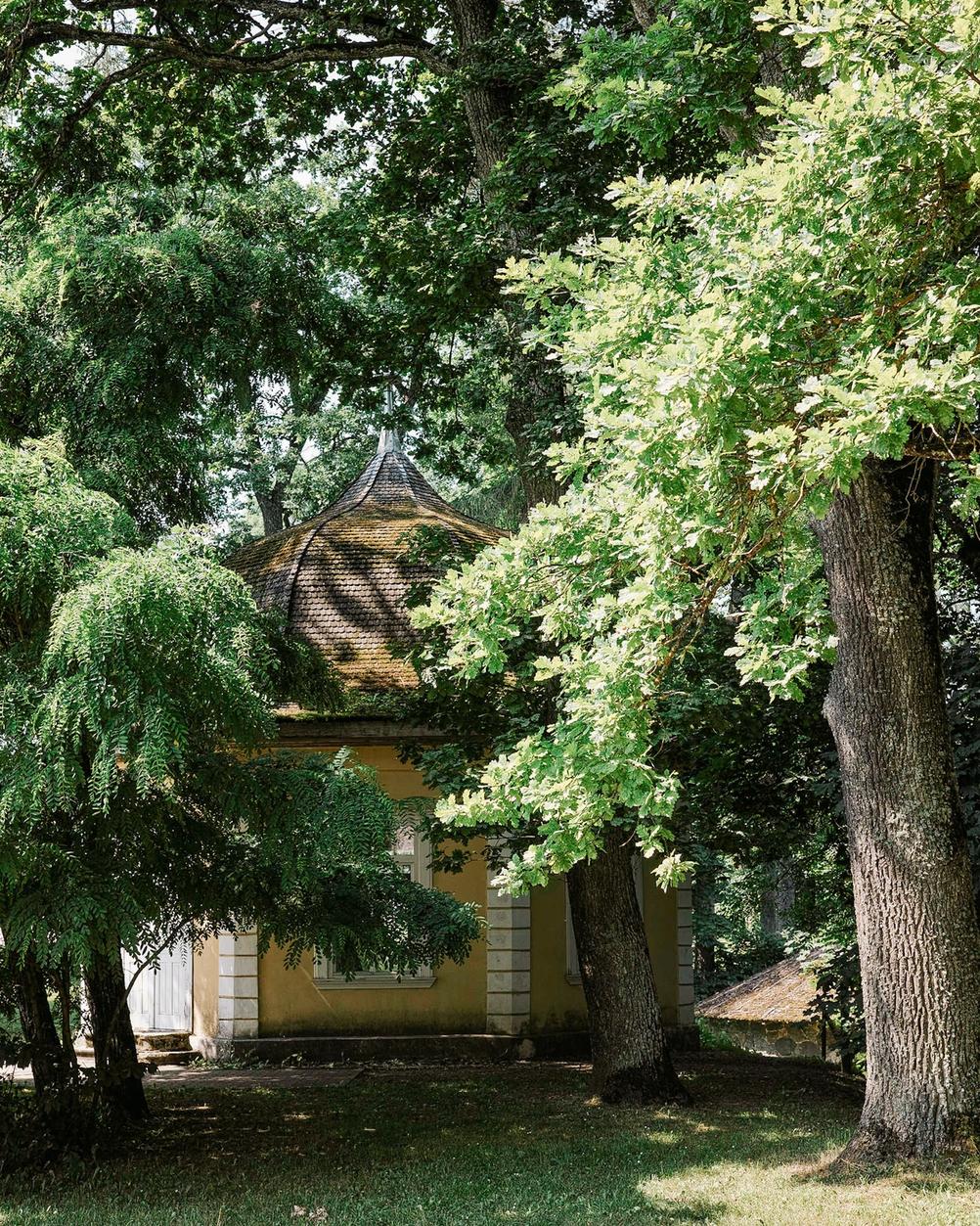
- Camera
- Sigma DP2 Merrill
- Lens
- Sigma Lens 30mm f2.8
Thank you Sigma for resolving every leaf on every tree.
Fujifilm XF10
It's a small camera that can fit inside your pocket. And whilst results are leaning towards the boring side you can still achieve nice results which is impressive for a camera this size.
I was intending to have this camera in my pocket for quick snapshots and for occasions when I need a quick wide angle view. All this said - I forgot this camera at home and I didn't miss it during the trip so in retrospect it's good that I didn't take it. Would I have used it if I had it? Who knows, but I never once had this camera in my brain after the first time I remembered that I didn't take it ( which was in the car when we were driving to our location ).
I have written a "Review Of Fujifilm XF10" that you definitely want to read.
Analog
That's enough for digital. It's time to list the analog cameras. Whilst I don't dislike 35mm color film photography I definitely much prefer medium format. And black and white analog photography. I can get similar ( and sometimes better for me ) color results from digital. Only medium format takes that a step further. And black and white has no competition in digital.
Voigtländer Bessa I
If you're taking medium format cameras then you have to take a 6x9 camera. The negative / positive size is so huge that it makes an even "huger" smile on your face. And even with the huge results the actual camera is not so big. It's a folding camera and when folded can easily fit in a bag and not take much space. It's a natural camera to take on every trip. If I could take just one camera on a trip I would take the Leica M9. But I would find a secret, hidden compartment for the Bessa and no one would know.
The task for this camera was to take slide film and provide the most amazing landscape / scenery photos that are humanly possible. I had planned to take a tripod with me but I obviously forgot it. The film already loaded in the camera was Velvia 50. Realistically you need to use f11 or even smaller when shooting landscape type photos on a 6x9. ISO 50 film with no tripod makes that difficult. For that reason I haven't finished the full roll yet. I did take 4 photos ( which is 50% of the whole roll! ) and I hope that they will be nice.
"Voigtländer Bessa I With Color-Skopar 105mm f3.5 Review" will let you know all my thoughts on this camera.
Rolleicord
Whilst 6x9 and slide film is great - color negatives in medium format are equally sweet. As is the square format. I have not reviewed the Rolleicord here yet but I will soon. Spoilers but it's a great camera. Surprisingly small and light whilst feeling fantastic.
Intention was to use Rolleicord as a more casual alternative to the Bessa. Some portraits of my wife. Some scenery. A bit of everything. And I did use it. A lot. I shot 4 rolls of film through it. Rolleicord ended up always being on my shoulder. It was always accompanied with another camera but it was there - ready to be used. The small weight and form factor made it easy to do.
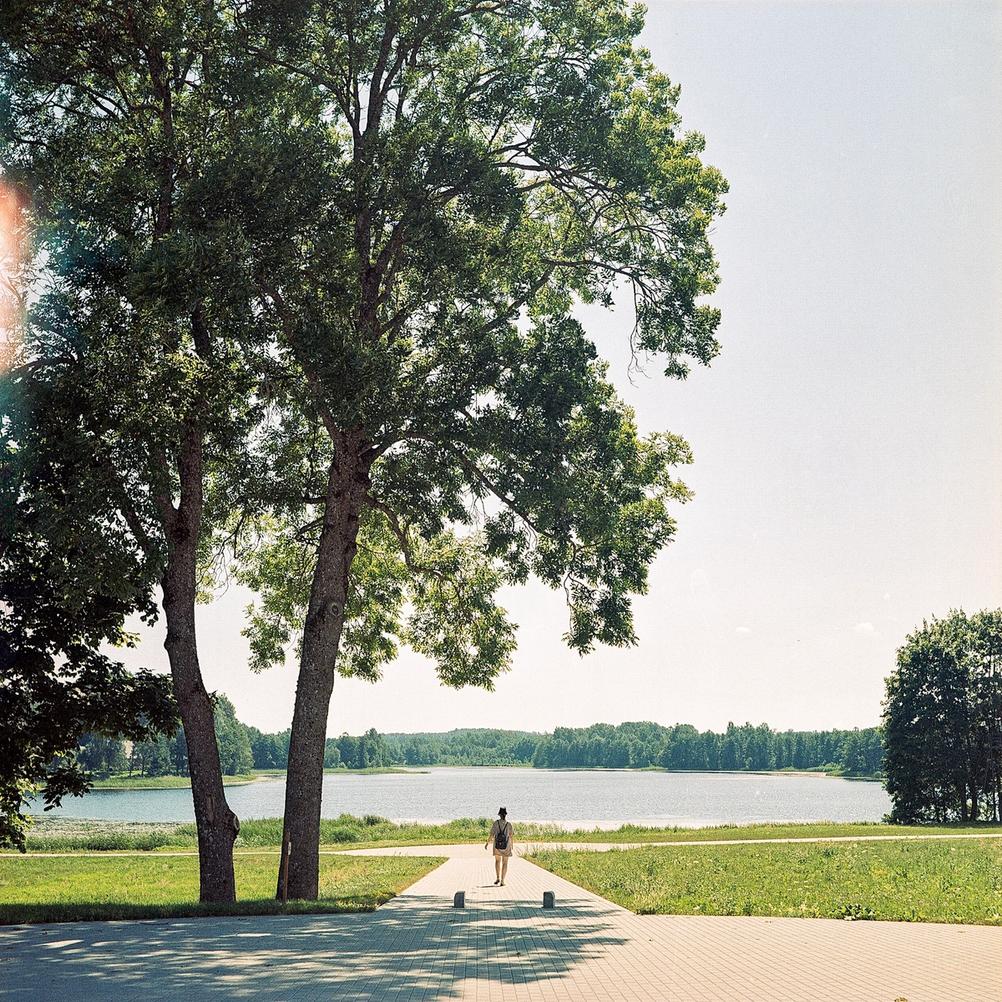
- Camera
- Rolleicord V
- Lens
- Schneider-Kreuznach Xenar 75mm f3.5
- Film
- Lomography Color Negative 800 EI800
- Development
- Tetenal Colortec C-41
- Scanner
- Epson V600
Not much to say here other than I like square format and Rolleicord. And yes - that's a light leak. Film didn't roll up correctly so it received some extra light when I took it out of the camera. I read that it can happen with Lomography film in certain cameras.
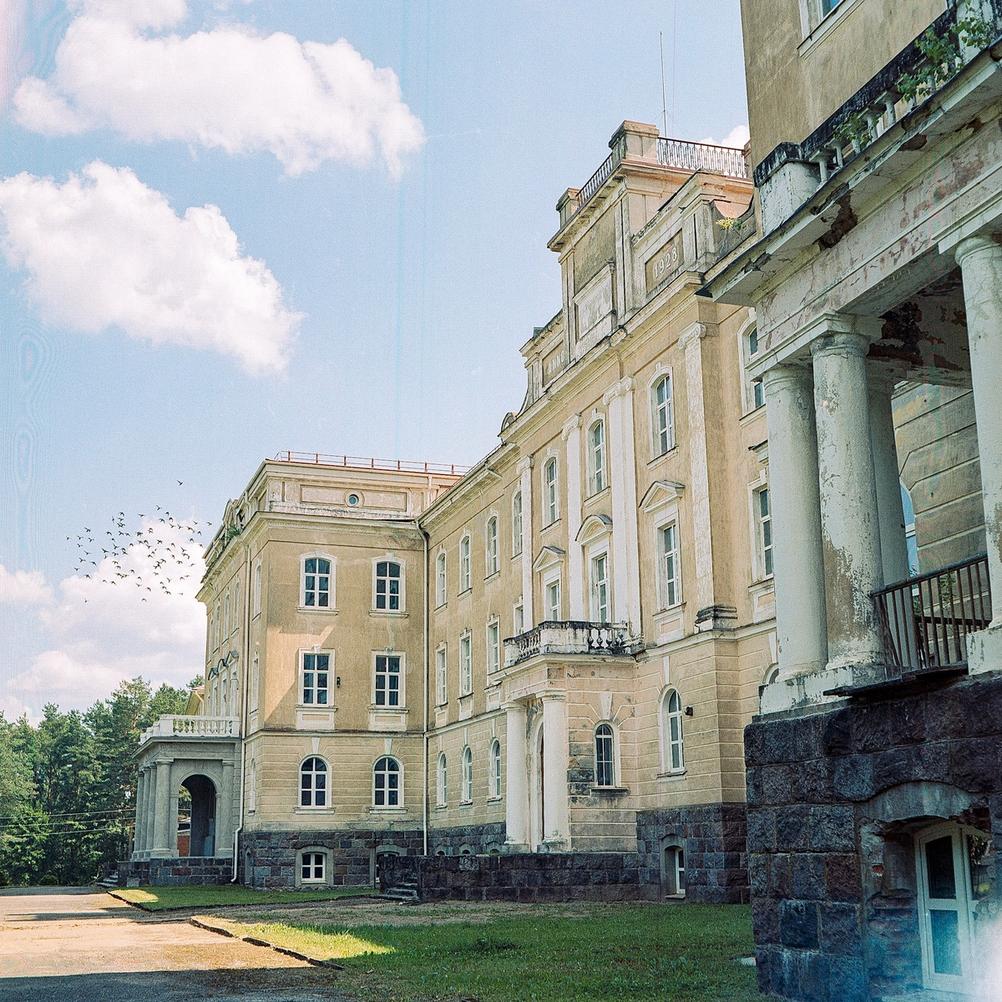
- Camera
- Rolleicord V
- Lens
- Schneider-Kreuznach Xenar 75mm f3.5
- Film
- Lomography Color Negative 800 EI800
- Development
- Tetenal Colortec C-41
- Scanner
- Epson V600
I've really grown attached to the Rolleicord. I'm very pleased with the results. Actual picture content might not be mind blowing but for me it delivers what I was looking for.
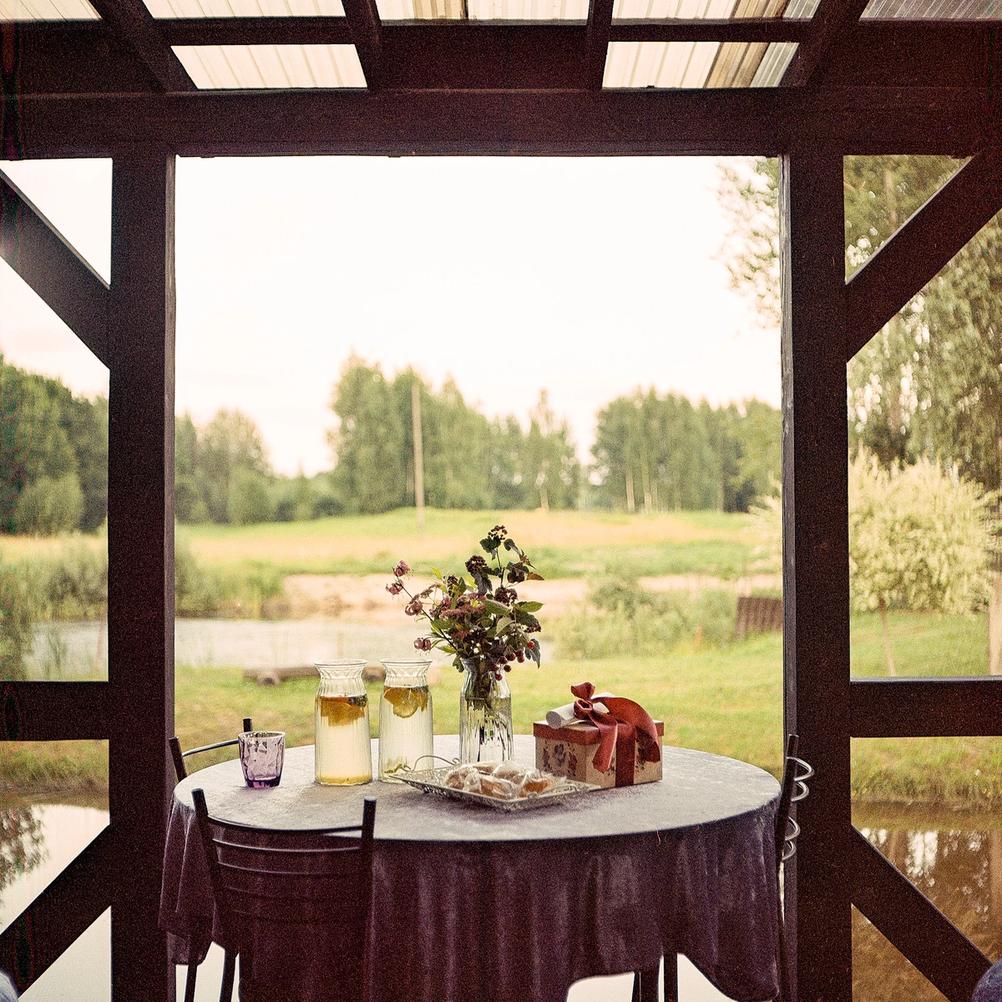
- Camera
- Rolleicord V
- Lens
- Schneider-Kreuznach Xenar 75mm f3.5
- Film
- Lomography Color Negative 800 EI800
- Development
- Tetenal Colortec C-41
- Scanner
- Epson V600
Rolleicord is my new "carry around" medium format camera.
Leica M3
What can you say about the M3 that hasn't been said before. Nothing. It's great. And it's a great companion if you're taking a digital Leica as they can share the same lenses.
The role is obvious. Black and white photography. When the light and the things around me called for black and white I would pull the M3 out and use it. The weather conditions were very sunny and hot. My eyes didn't see many places that called for black and white. Sad. I have not finished the whole roll and there are about 10 frames remaining.
Lenses
With cameras out of the way it's time to mention the lenses. It's difficult to take a photo with only the camera. Luckily most of my choices had a fixed lens on so there was no need to make any hard decisions. Only cameras that could change lenses were the Leica M3 and M9. Both share the same mount so it greatly simplified my lens selection. In hard times you have to find optimisation where you can!
Canon 50mm f1.8 LTM
Leica M9 is the default camera for me and the Canon 50mm f1.8 is the default lens on that camera. Together with M9 it produces fantastic images. I don't like it as much on film but on M9 it's hard to compete with. It's also tiny so it is easy to take with you.
"Canon 50mm f1.8 LTM Lens Review" will clue you in on why this lens is so great.
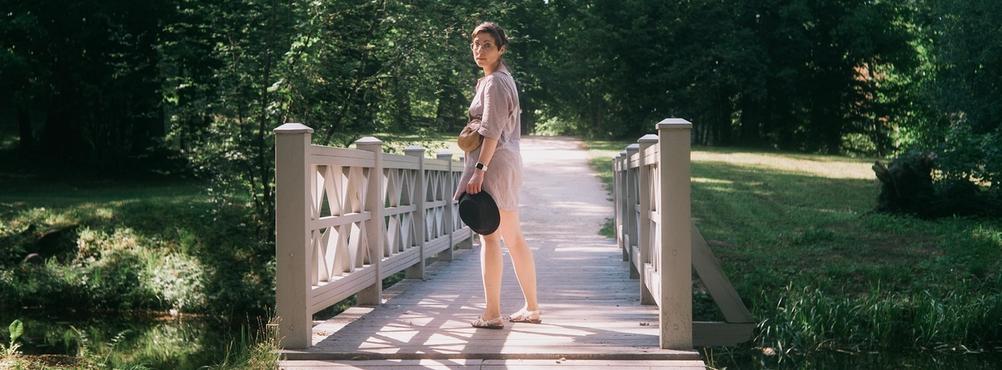
- Camera
- Leica M9
- Lens
- Canon LTM 50mm f1.8
The glowy nature of my slightly hazed Canon 50mm f1.8 LTM lens brings a slight tear to my eye. A tear of joy.
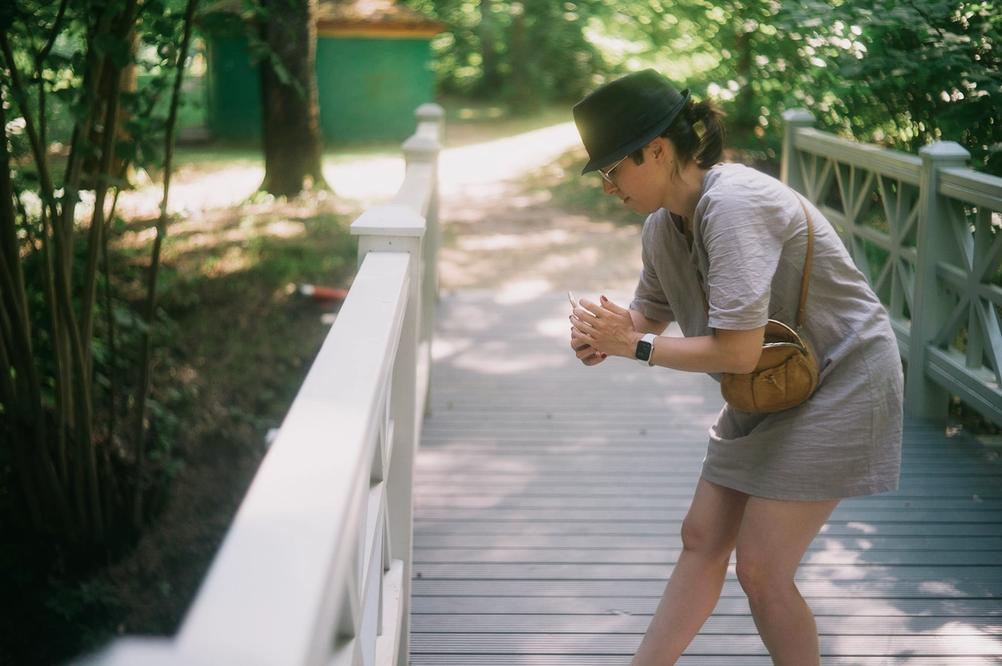
- Camera
- Leica M9
- Lens
- Canon LTM 50mm f1.8
I've also noticed that the lens swirls a bit. Who knew!
Zeiss 35mm f2 Biogon ZM
This lens is the very opposite of the Canon 50mm f1.8. Where Canon is gentle and muted, the Zeiss is contrasty and razor sharp. Everything pops in three dimensions. Colors are saturated to oblivion. I have not reviewed this lens yet but it will also come in the not so distant future. The lens is small and light and so once again is a good choice for holiday trips.
Justification was to use this lens when I needed a wider field of view than 50mm. 15mm difference may not seem like much but it is in practise. 50mm is still my favourite focal length on 135 but 35mm focal length is fast growing on me. I also like how this lens behaves in harsh sunlight - better than the Canon 50mm to my eyes. Since harsh sunlight was the name of the weather game during the trip - I used this lens quite a lot.
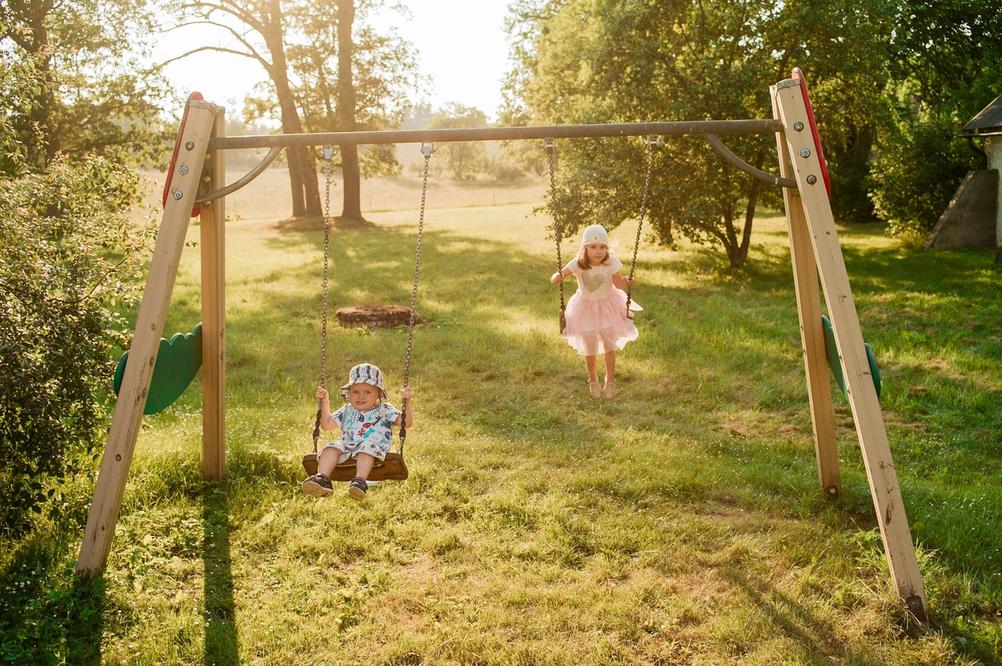
- Camera
- Leica M9
- Lens
- ZEISS Biogon T* ZM 35mm f2
The Zeiss handles sunlight very well. And yes - what started as a holiday without children ended with a holiday with children.

- Camera
- Leica M9
- Lens
- ZEISS Biogon T* ZM 35mm f2
For a 35mm lens it also has a nice bokeh.
Voigtländer 15mm f4.5 LTM
Another tiny and light lens that packs a punch wider than any other punch. I took it to take photos of the innards of buildings. And some outside shots. I really like the idea of super wide lenses but I'm not good at using them well. Still I took a few photos so I'm glad I took the lens with me. One negative when taking this lens for travel is that you also have to take the external viewfinder to compose. Well...unless you use an EVF like a loser.
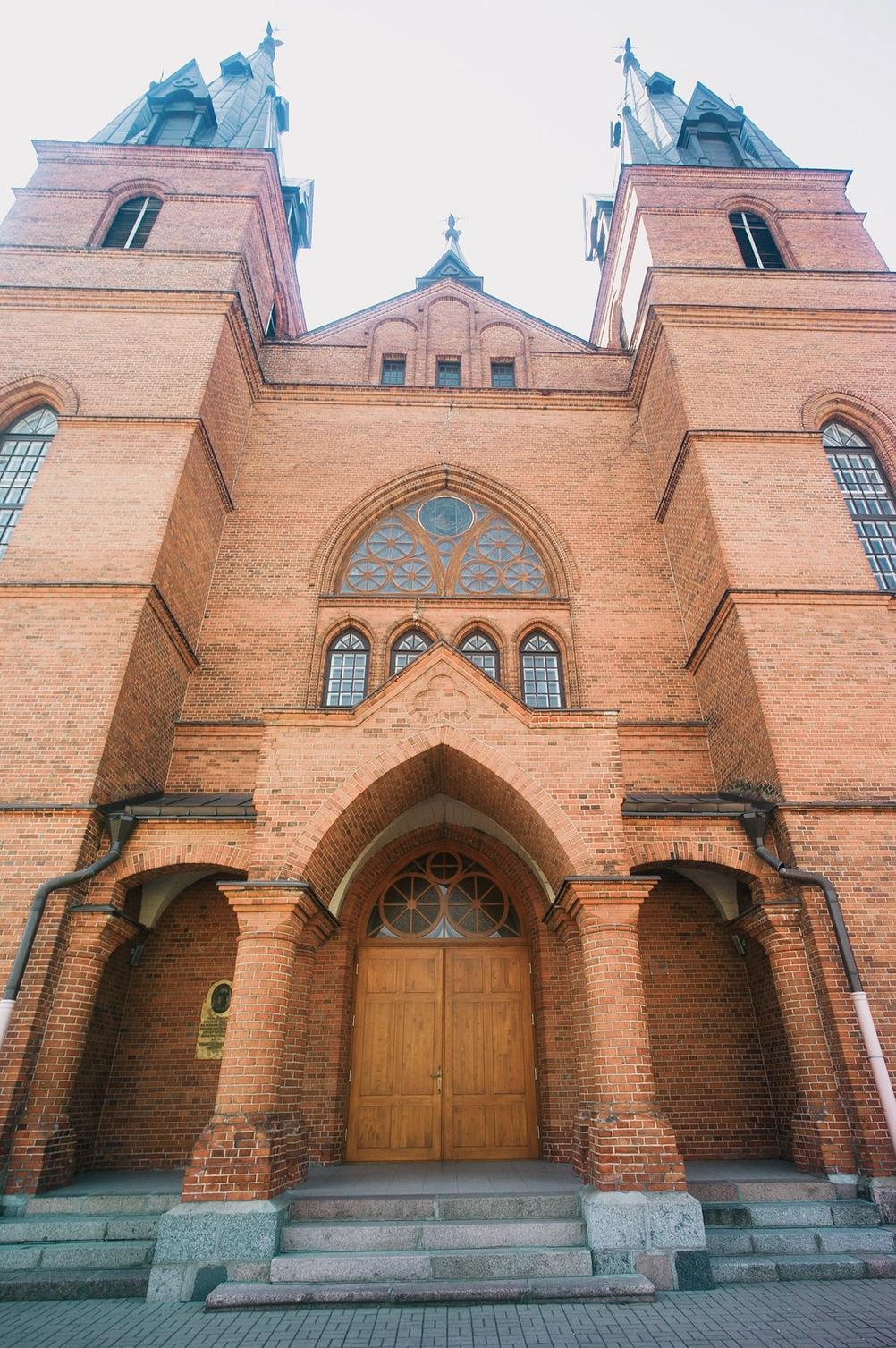
- Camera
- Leica M9
- Lens
- Voigtländer Super Wide Heliar 15mm f4.5
15mm is very wide indeed. Sadly I struggle with keeping things straight.
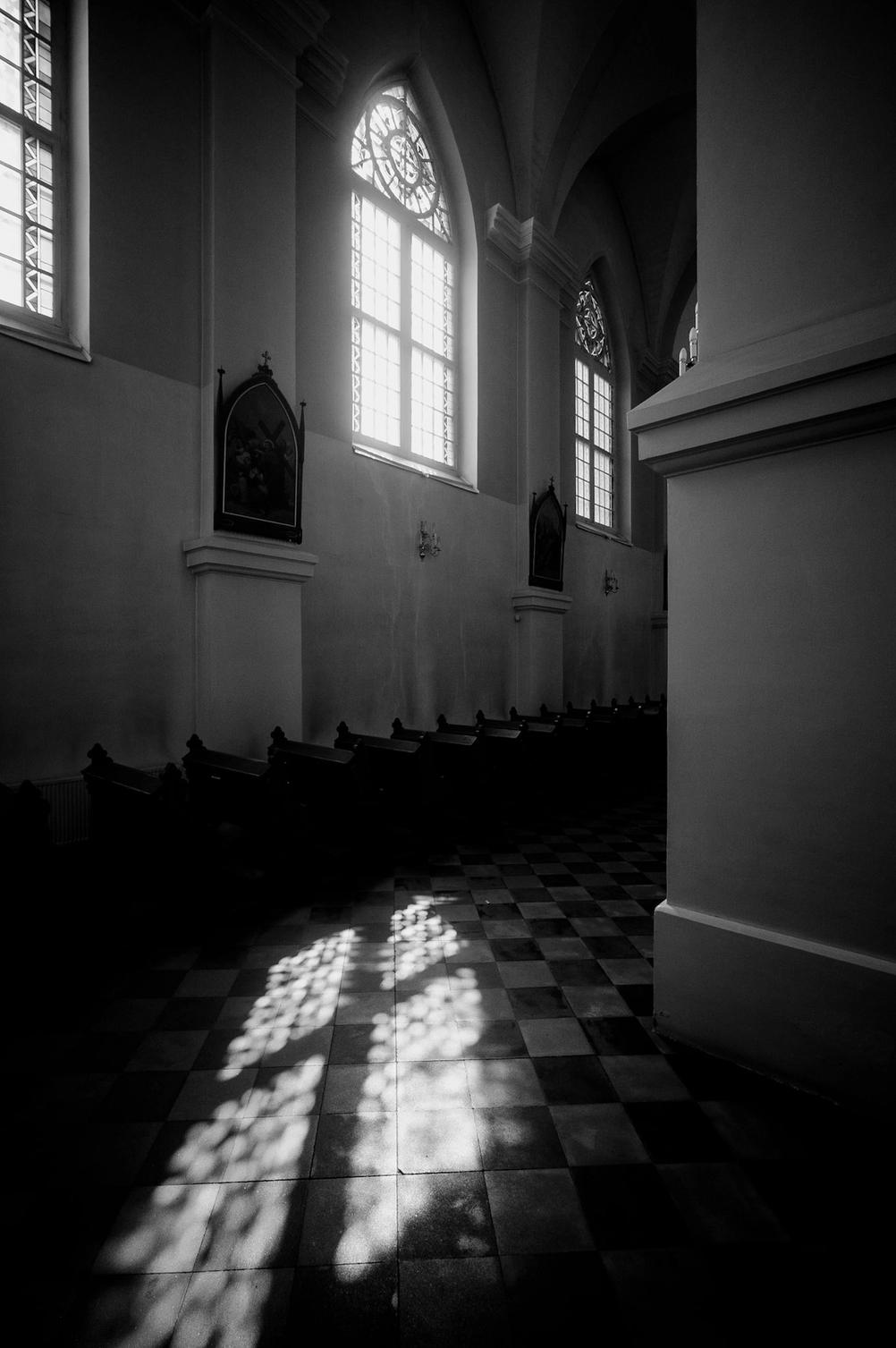
- Camera
- Leica M9
- Lens
- Voigtländer Super Wide Heliar 15mm f4.5
15mm works well for interior shots. On outside shots things can fall away due to perspective quite quickly. Walls keep things from falling away.
7Artisans 50mm f1.1
This lens is big and heavy so is not the best choice for travel. For black and white photography I wanted to use a 50 ISO film with a red filter which essentially means that I have the grand total of ISO 6. A wide aperture is helpful for situations like these. In the end I didn't use this lens so I could've left it at home. I do like this lens but I didn't feel a need for it on the trip. It was bright enough outside that I could use a different lens. Which was...
Leica Summicron 90mm f2
The pre-aspherical version. It's also not a small and light lens so not ideal for travel but I wanted to see what results I could get with the low ISO film and a red filter. If you're smarter and also don't have a website where you try to write about photography then I would advise a different route. One without this lens. It's not a bad lens by any means but for travel a smaller lens would work better. This lens stayed on the M3 for the whole trip.
Canon 135mm f3.5
I thought that I would like an even longer telephoto as well. Whilst there were situations where a telephoto would be nice, I was too lazy to change lenses. I couldn't fit this lens into the main compartment of the photo bag so it felt like an unnecessary adage from the beginning. It's a good lens. But I didn't need to take it on this trip.
Film
Analog cameras need analog memory sticks called "film". As with everything: when in doubt, take too much film. That's what I did.
Lomography Color Negative 800
I wanted to be able to shoot the Rolleicord with a pretty closed aperture as that's where it works best. Lomography is way cheaper than other ISO 800 films like Kodak Portra 800 and Cinestill 800T. I had not shot this film before but online reviews seemed positive and I like the 100 and 400 versions. I took 3 rolls in 120 format with me and I shot two of them. Even though it was very sunny I'm glad I took this film as I was able to shoot the Rolleicord in pretty much all conditions.
There are a few issues with this film but I will reserve that for a review of this film which will come at some point. I would still recommend this film stock for travel as it gives you a lot of flexibility. Especially in 120.
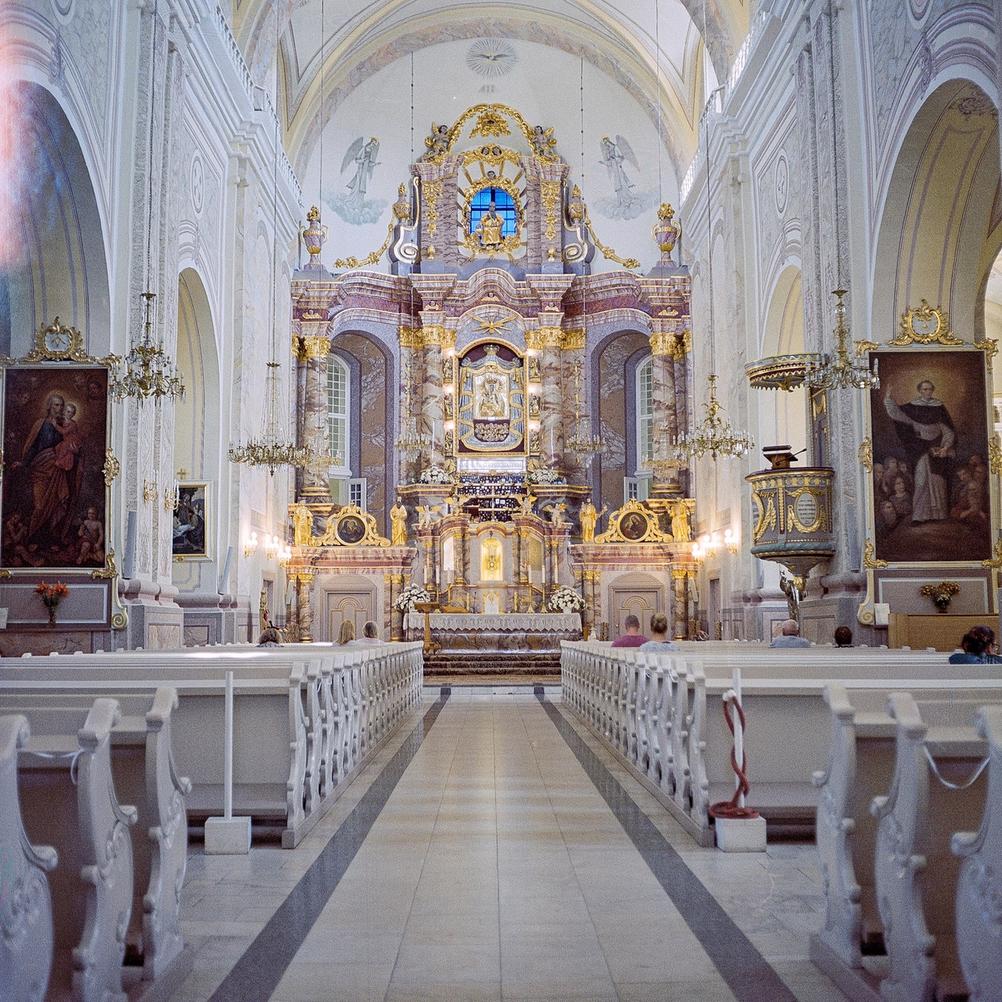
- Camera
- Rolleicord V
- Lens
- Schneider-Kreuznach Xenar 75mm f3.5
- Film
- Lomography Color Negative 800 EI800
- Development
- Tetenal Colortec C-41
- Scanner
- Epson V600
With ISO 800 you can attempt to handhold photos in lower light.
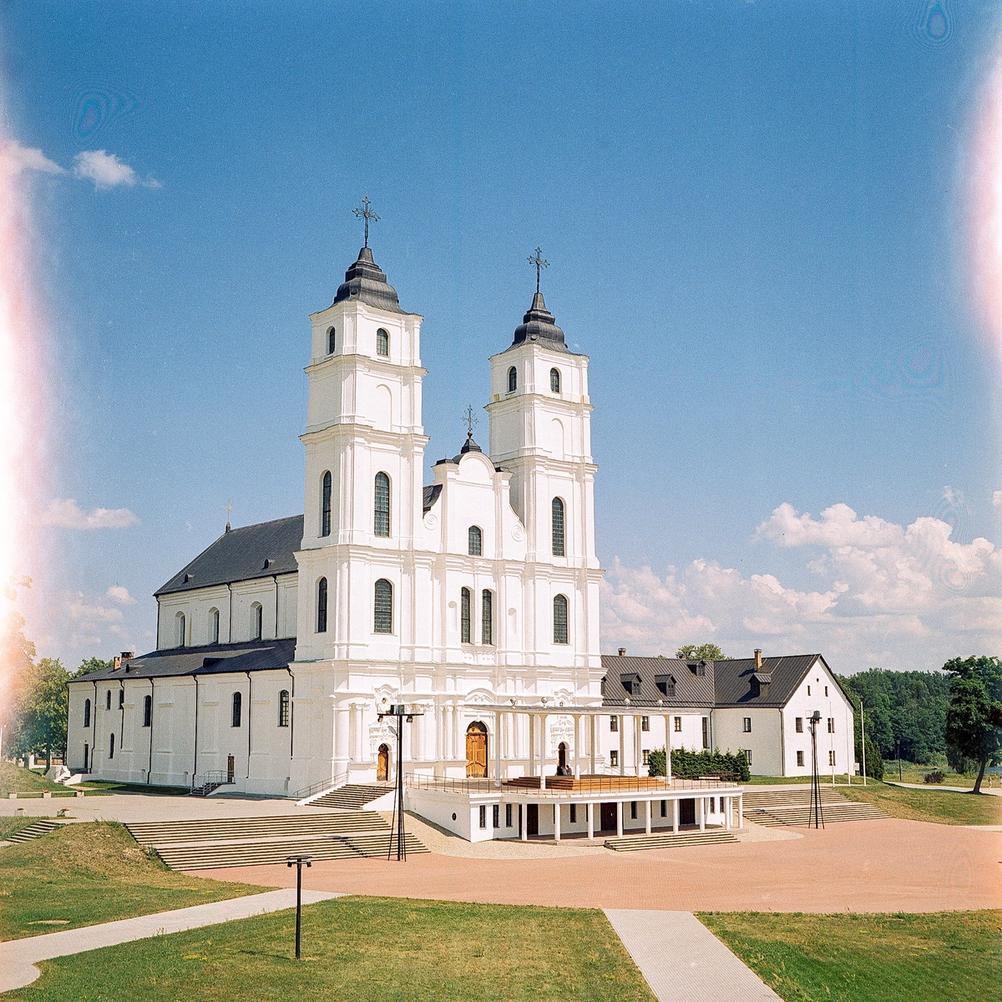
- Camera
- Rolleicord V
- Lens
- Schneider-Kreuznach Xenar 75mm f3.5
- Film
- Lomography Color Negative 800 EI800
- Development
- Tetenal Colortec C-41
- Scanner
- Epson V600
And you can always close the aperture when shooting in bright conditions.
Excuse the light leaks and Newton's rings.
Kodak Portra 400
Everyone's favourite film stock. I have used it before but I'm not as much in love with it as everyone else. I thought I would give it another shot. It's not a bad stock but it's expensive. Maybe it's worth the price but it still doesn't amaze me. It works well for travel because it's also a very flexible film stock with higher ISO. I used it in 120 format.
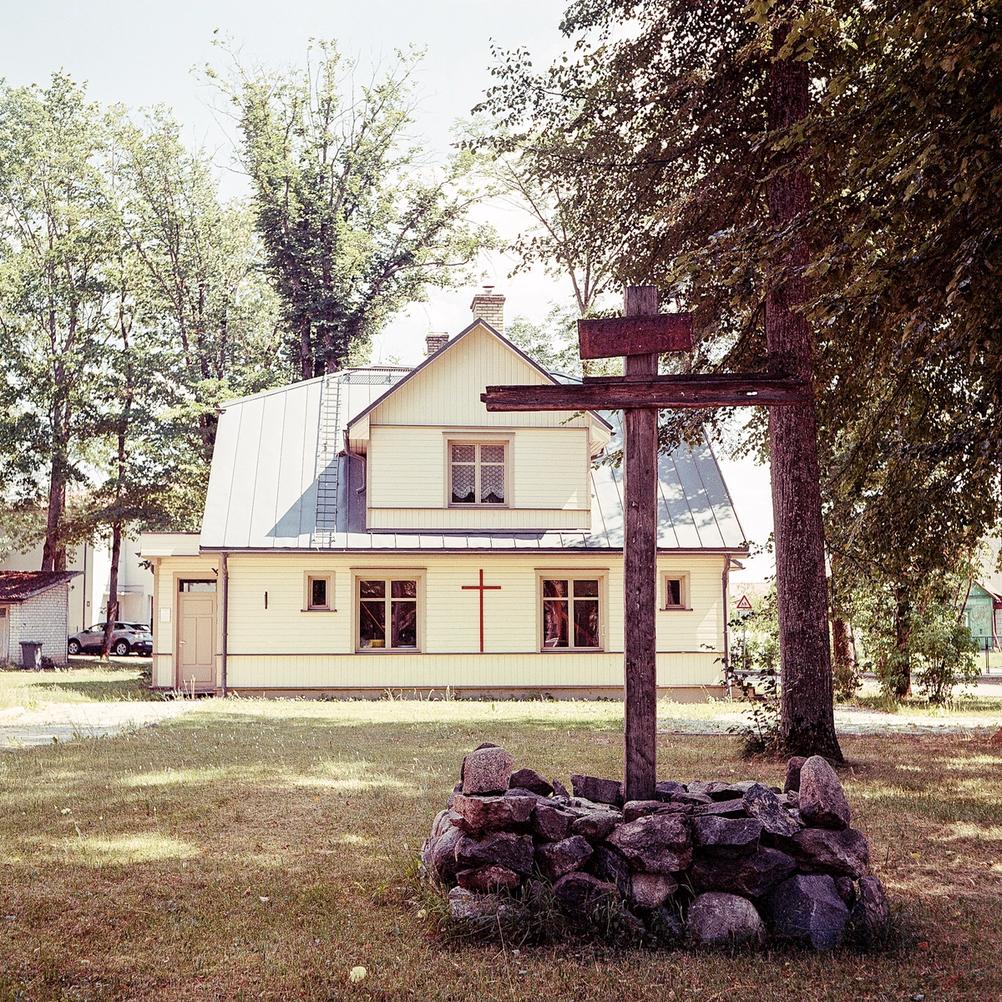
- Camera
- Rolleicord V
- Lens
- Schneider-Kreuznach Xenar 75mm f3.5
- Film
- Kodak Portra 400 EI400
- Development
- Tetenal Colortec C-41
- Scanner
- Epson V600
Portra is as always solid but it doesn't cause my excitement levers to raise to levels that others experience.
I also notice that there are a lot of photos relating to churches. Our holiday was in a place that happens to have quite a lot of church related things.
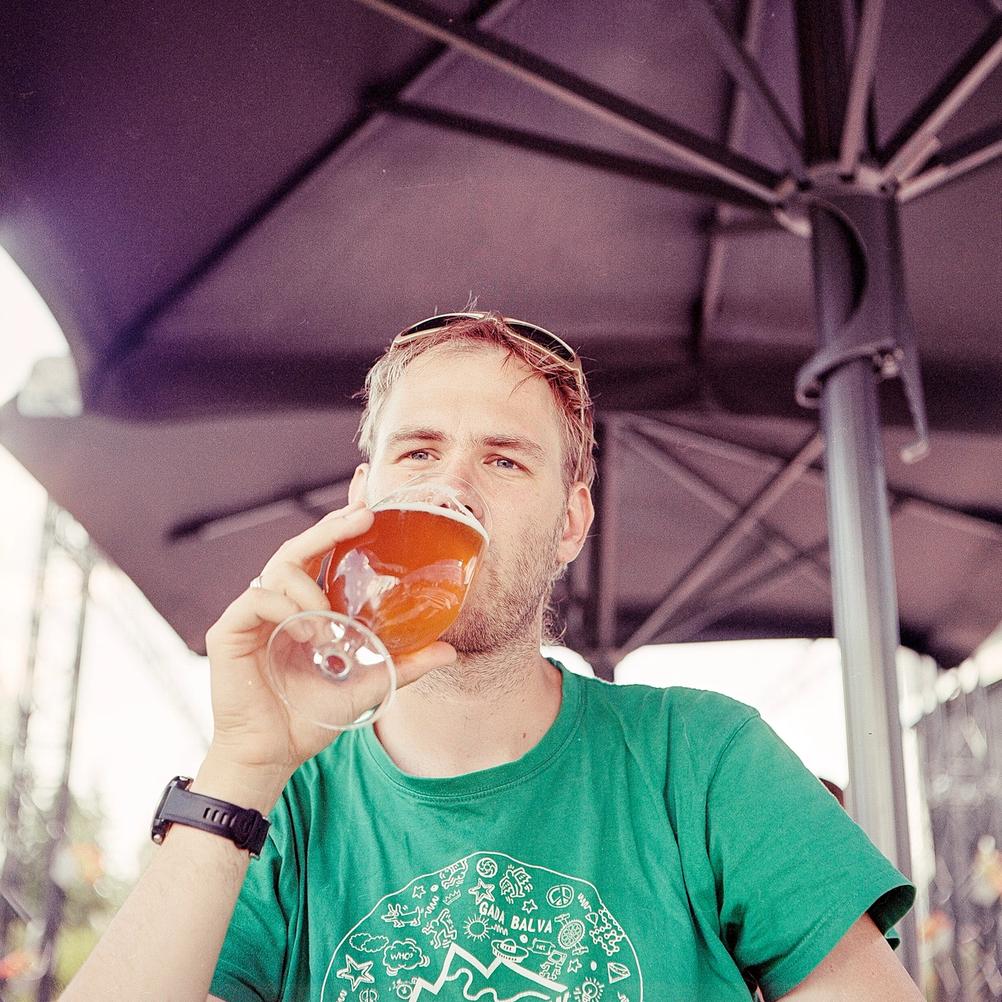
- Camera
- Rolleicord V
- Lens
- Schneider-Kreuznach Xenar 75mm f3.5
- Film
- Kodak Portra 400 EI400
- Development
- Tetenal Colortec C-41
- Scanner
- Epson V600
And with Portra you have to take a portrait-type photo. It's a rare sight - a photo of me drinking beer. Not the beer fact but that there is a photo containing my face. Photo credits go to my wife.
Kodak Ektar 100
This is a very solid film stock. It's quite punchy and saturated like slide film but it's a lot more forgiving as it's a negative film. Very good choice for landscapes and cities and pretty much everything. Lower ISO can mean that it can be more difficult to shoot in dimmer conditions but it's still a good film to take on any trip. 120 format once again.
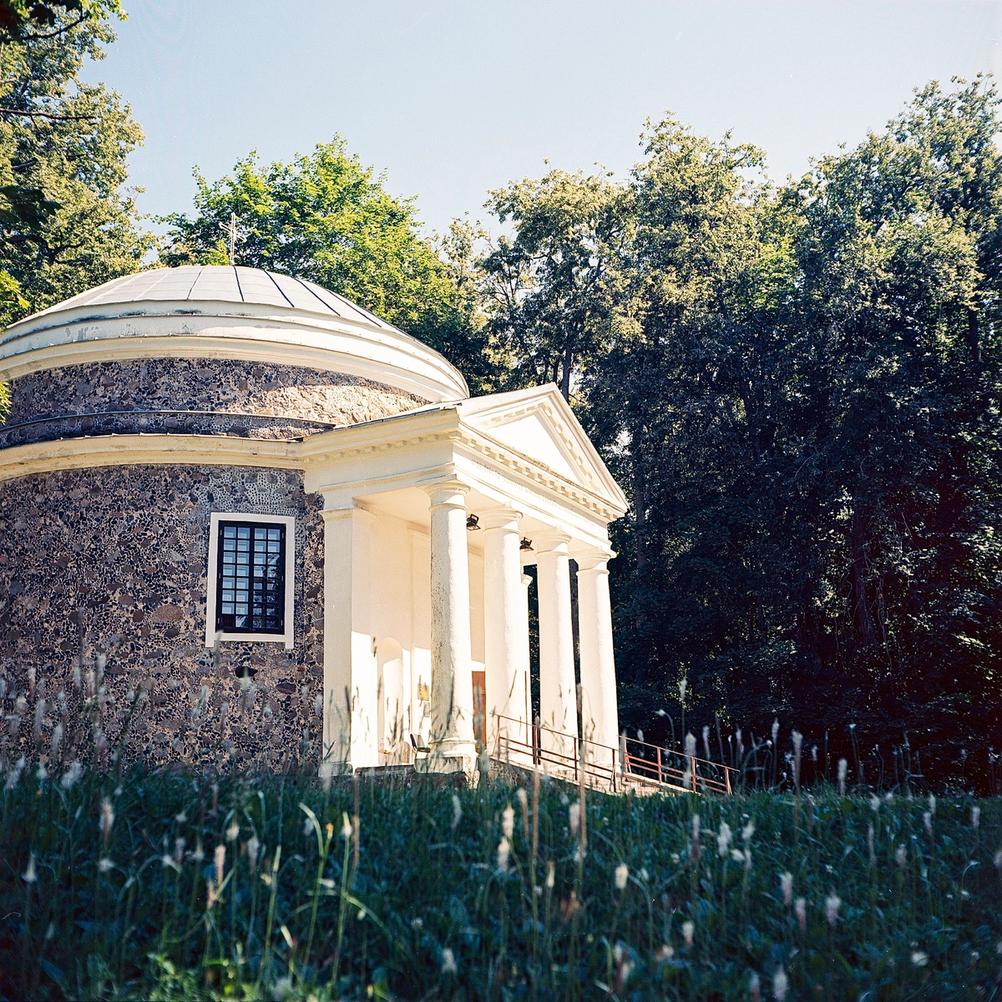
- Camera
- Rolleicord V
- Lens
- Schneider-Kreuznach Xenar 75mm f3.5
- Film
- Kodak Ektar EI100
- Development
- Tetenal Colortec C-41
- Scanner
- Epson V600
Ektar is saturated and sharp. Great for travel photography when you have plenty of light or a tripod.
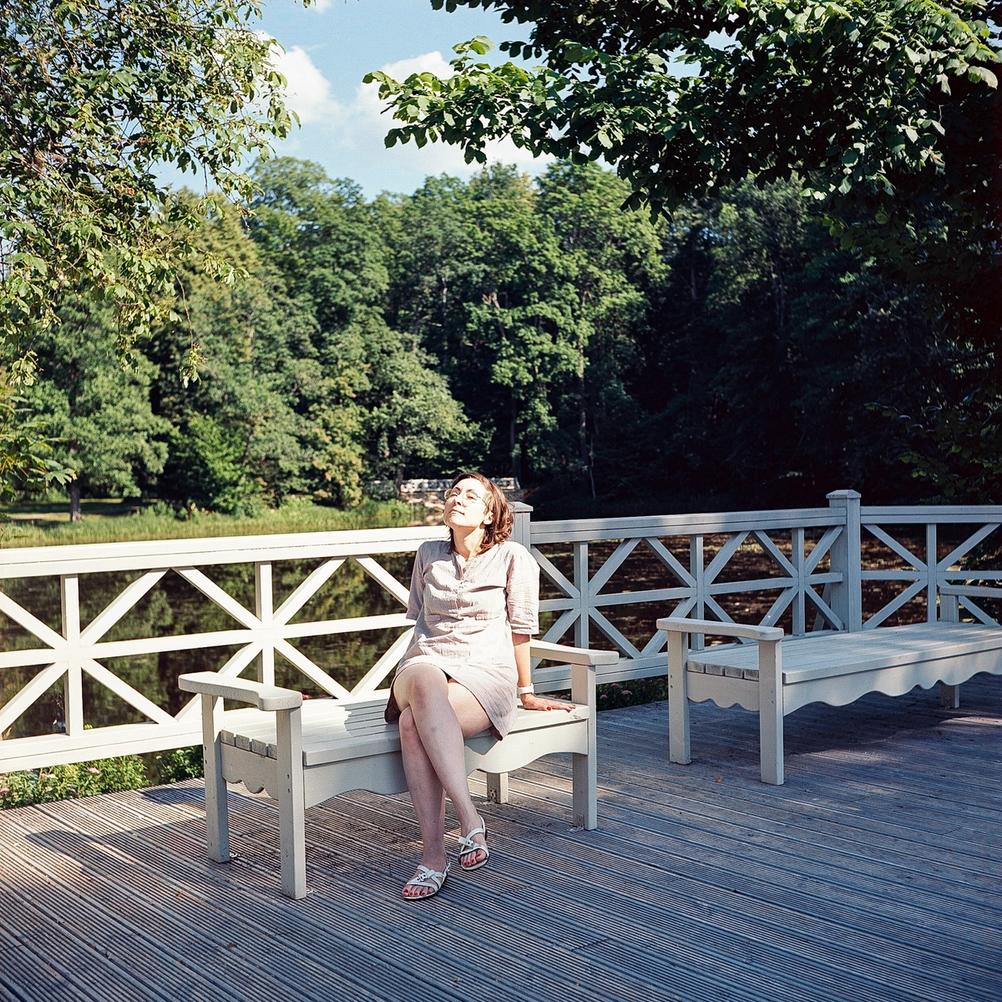
- Camera
- Rolleicord V
- Lens
- Schneider-Kreuznach Xenar 75mm f3.5
- Film
- Kodak Ektar EI100
- Development
- Tetenal Colortec C-41
- Scanner
- Epson V600
Some people dislike Ektar for people but I have never had issues with that.
Fujifilm Velvia 50
Slide film loaded in the Bessa. All the saturation sliders to the max. Film for landscapes. If you are forgetful like me and leave the tripod at home then this film is not the best choice for trips.
Fujifilm Provia 100f
A lot more calmer slide film. Didn't have a chance to shoot it during the trip.
Fomapan 100 & Ilford HP5+
I took two of these in 120 format in case I wanted to shoot some black and whites in medium format during the trip. I didn't. HP5+ should be taken on every trip though as it's insanely flexible and can come in handy.
Adox Silvermax
Great 35mm film with lots of detail. Sadly there weren't many situations for black and white photography so I didn't shoot it.
Adox IR-HR Pro 50
It's a version of ADOX HR-50 without the Speed Boost in 35mm format. I have used it before and loved the results when using a red filter. This was the film loaded in Leica M3. The roll isn't finished yet as there weren't too many situations for black and white as I keep telling.
Was It Worth It?
I don't regret taking everything I took with me. Obviously with the knowledge I have after finishing the trip I would make different choices but that's not information I had before.
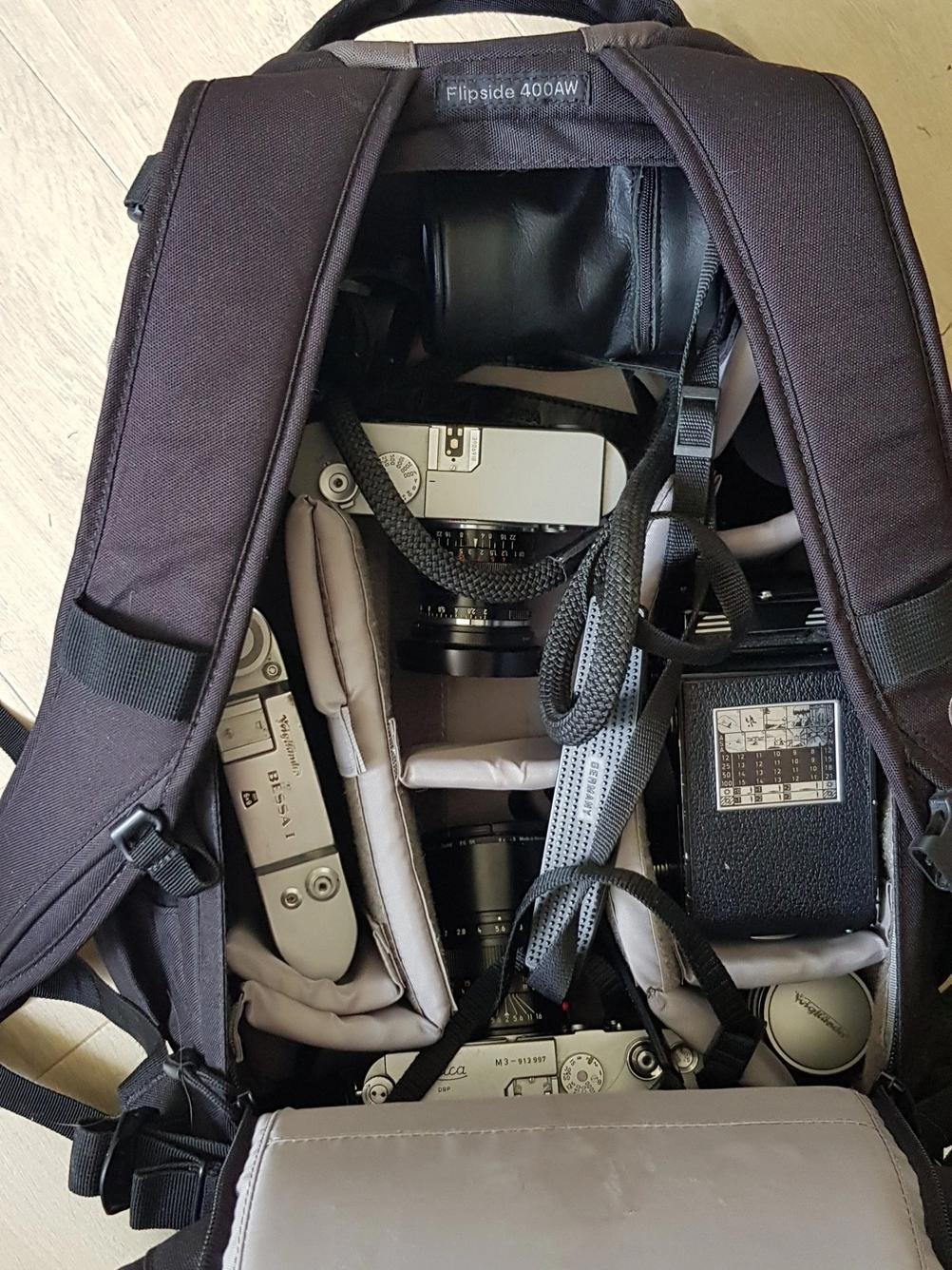
Bag filled with photo related contents. As you can see it doesn't look too crammed. Surely it can fit a few more cameras and lenses.
Because I had no tripod the Bessa was not very useful. This means that slide film was also not the most useful. Harsh sun and hot weather meant that I didn't feel like shooting black and white so I could've left M3 and black and white films at home. I did shoot quite a few black and white's but I also could achieve that with digital cameras. I also didn't use all the lenses so there's room for optimisation there. But still I'm happy that I took what I took. I used most of the stuff and I didn't feel like I'm missing anything.
Was it easy taking all this stuff? It was easy to take it in a car. It was definitely not easy whilst walking around as I had all this gear in my bag. It was hot. Like 30 - 35 degrees Celsius hot ( ~95 degrees Fahrenheit hot ). Having a big and heavy bag on my back meant that I was sweating HARD. I would've done that anyway but the bag likely increased my sweat production by 50%. Also having at least two cameras on your body at all times isn't the most comfortable.
This is definitely not something I would take on every trip - especially small ones. But for longer trips ( at least 3 days ) where there are no children involved ( or they get older ) this is something I would consider again. Not when flying though. Then I would want to be as lean as possible and would try to get all film locally to avoid any potential X-Ray troubles.
Does this amount of gear seem excessive? What do you take on your trips?
